Greetings, fellow planeswalker!
It’s been more than a week since MTG: Lord of the Rings was launched. And, in my opinion, it looks pretty poorly balanced, considering how the decks look.
The weakness, I feel, is more prominent within the common and rare cards. They don’t seem viable enough to compete against, say, a more exclusive deck.
The game also fails miserably when it comes to balancing the colors.
For instance, Black looks substantially more powerful than any other color. And green… well, the less I talk about it, the better. It’s almost “Battle for Zendikar” levels of dreadful.
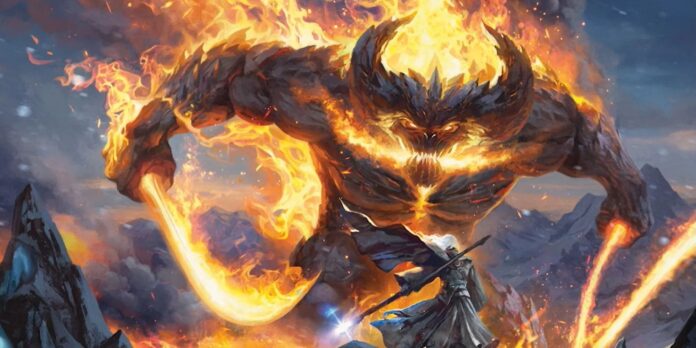
Some of the cards, such as Fangorn, Forge Anew, and Tree Shepherd, do not even compare to how good Claim the Precious or Meneldor is.
There are also several summonses included in the set that you should never play.
However, if you are considering playing an aggro deck, I think you’d LOVE this new release. For example, “Tempted by the Ring” is all about applying consistent pressure whilst lowering all of your mana-related shortcomings. However, if you are planning to sit behind the boastful Shire Scarecrow card, it won’t do jack for you.
So,, while I do consider the balance level of lord of the rings magic the gathering to be pretty depressing, I still enjoy it immensely. However, I also think that, as a new player, you’ll need a guide to ensure that you are doing the draft perfectly.
And that’s what our article today will be all about. So, let’s get started with it.
The First Step – Learning the Key Ideas behind the Game
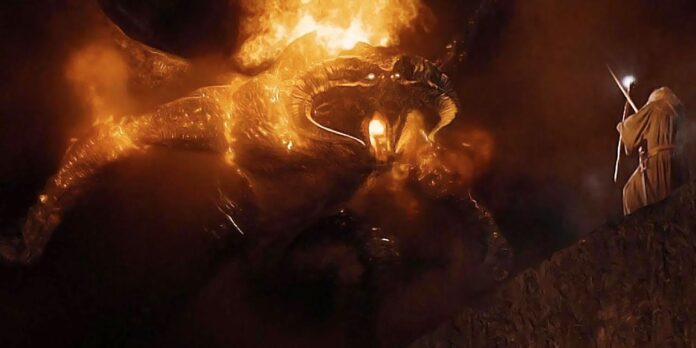
If you’re playing the game for the very first time, the first thing you should focus on is getting tempted by the ring. It’s a crucial part of the game mechanic and will help you with planning.
So, basically, the general value of ‘tempting the ring’ is a little less than half a card.
The skulk in the game will be quite relevant later on if you have selected a small evasive card or creature for your Ring-Bearer. In this case, it’ll become nearly impossible for your opponent to block it without lining up their creatures perfectly.
Unless you own a one-power flier unit that can functionally become a more formidable Looter il-Kor after they hit the second step. The third step is… meh.
However, the little flier is going to turn into a massive problem in the fourth step, as it’s going to take large chunks of your opponent’s life.
The Second Step – Understanding the Format Speed
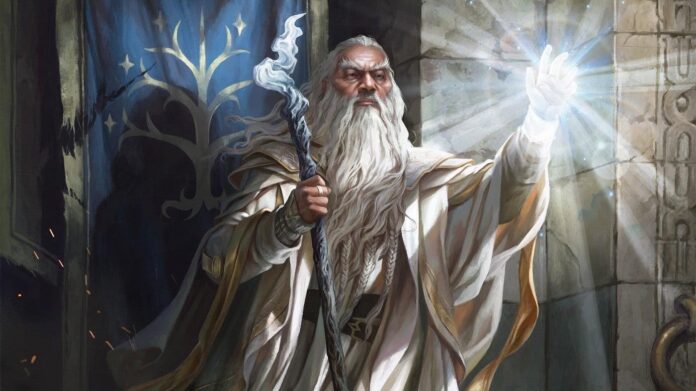
There was a time when tabletop card games used to be pretty time-consuming. And I think it’s a given considering how strategy-oriented these tend to be.
However, in the modern age of gaming, the speed of any limited format can be quite fast.
Hence, if you’re a competitive person immersed in the notion of winning, you simply can’t hope that your opponent will get a slow start. You must take the initiative and be aggressive.
But if the game is getting too greedy, the usage of rings will become much more common. It’ll be highly important if you want to snowball someone with a card like Call of the Ring.
Nonetheless, in most cases, if you play aggressively, using a common ring of temptations will just be enough for you. Just make sure to impose your game plan continuously, and you’ll be fine.
The Third Step – Perceiving the Color Rankings

Well, I think I have already given you an answer to this question before – black is the best and most used color in the game. It’s been the same since the beginning.
A well-decorated black set can overwhelm almost any card in the game or deck in the game.
Nevertheless, the meta of the game is being heavily drafted right now. So, you will have a fine opportunity to try out another route or two. So, let’s get to know more about them.
1: Black
Black, in essence, is filled with excellent removal cards and efficient creatures all around. You can also find plenty of two-for-ones, which are brilliant for mid-game carrying.
2: Red
Red, as of now, is the second-best color in the game, but it can still get dominated by a decent black deck. However, a combo-focused red deck can give anyone a run for the money.
3: White and Blue
Both white and blue have their own strengths and weaknesses. But, in terms of power, I will be more inclined to put them on the same pedestal. They are nowhere near black, though.
4: Green
Bluntly speaking, green is crap. No matter how good the cards look on paper, they can’t even compete with black or even red. But you can mix them with red and white for better usage.
Some Additional Tips and Tricks
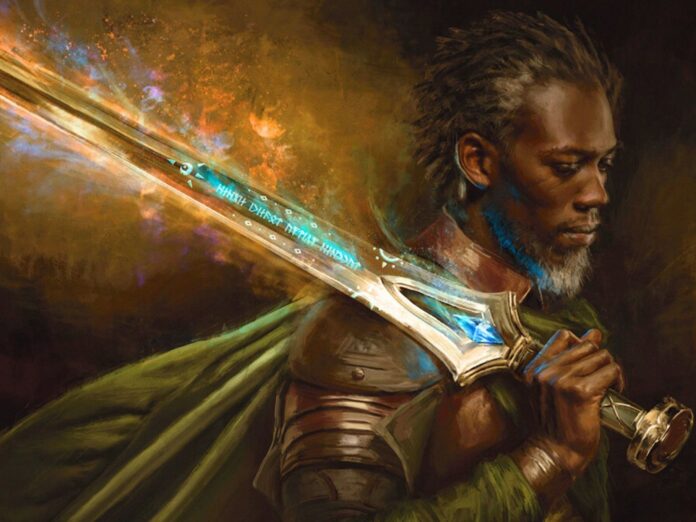
Removal, in my opinion, is a premium choice when it comes to creating a deck. However, you might not get them too frequently in the draft. So, you’ll find them difficult to pick up.
Secondly, if your opponent has left two mana open on their 2nd turn (and one of them is blue), you can play Rally at the Hornburg or Mordor Muster against it. This will prevent them from using Glorious Gale while stranding their overall mana count.
Slip on the Ring and Nasty End have become more and more playable in recent times. And they can certainly make a game one-sided if you don’t take care of them quickly.
In any case, if a situation like this arises, it will be best to kill something at the sorcery speed if your opponent has tapped out.
The Bottom Line
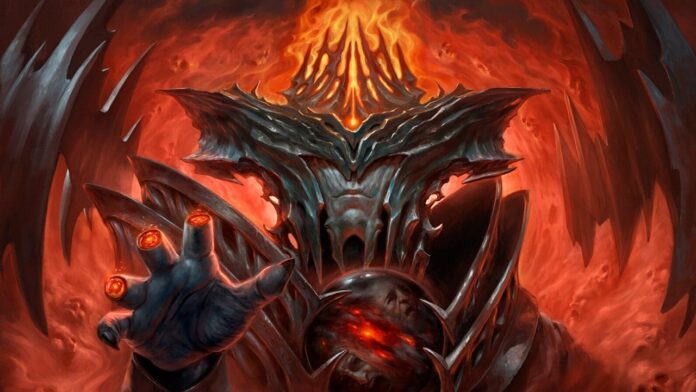
MTG: Lord of the Rings definitely looks a little unbalanced on paper. However, like any other Magic: The Gathering game, it’s quite enjoyable, playable, and cherishable.
So, just focus on playing and learning at the beginning. You will definitely lose a game or two at the beginning. But don’t put yourself down too much. Just keep trying.
You will surely get somewhere!









